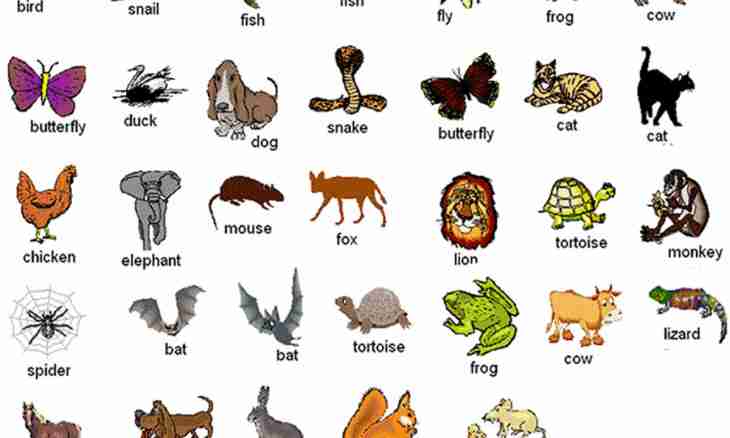Mammals are the most developed among vertebrate animals. Their distinctive feature is feeding of cubs milk. One of the most important features of a class of mammals — development of higher nervous activity.
Instruction
1. Mammals have a number of important devices which provided rapid progress of this group of animals. Development in them pre-natal, during it the cub receives nutrients through a placenta, only yaytsekladushchy mammals lay eggs.
2. Rather high temperature of a body (about 38 wasps), the birth of live cubs who are raised then milk and also development of sense organs and bark of big cerebral hemispheres is characteristic of mammals.
3. At mammals more dense and thick integument, than at birds, and the most part of a body is covered with hair which play an important role in thermal control. Skin blood vessels also have essential thermoregulatory value, at expansion of their gleams the thermolysis sharply increases.
4. Feature of a skeleton is existence of flat vertebras between which there are cartilaginous disks. The skull connects to a backbone by means of two shoots — occipital condyles. In cervical department of mammals, regardless of its length, as a rule, 7 vertebras, the exception is made by manatees and some species of idlers.
5. A variety of skin glands is characteristic of mammals. Channels of sebaceous glands open in a hair bag, their secret greases the surface of epidermis and hair, protects them from wetting. Sweat glands of mammals generally excrete water in which salts and urea are dissolved. Allocations of sweat and sebaceous glands give to animals a specific smell which is used for sexual and individual recognition.
6. At mammals sense organs are very well developed, and their sense of smell is much more effective, than at other vertebrata. The majority of mammals has an external ear, mammals surpass birds in the width of range of the made and perceived sounds, they use both supersonic frequencies (bats), and sounds of low frequency (whales).
7. Mammary glands of mammals represent modified stalemate, at placentary and marsupials they racemose, and their channels open on nipples. The arrangement of nipples and glands can differ, for example, at monkeys and bats they are located on a breast, at hoofed animals — in inguinal area. The number of nipples is tied with fertility of a look.
8. The brain of mammals differs in the big sizes and complex structure of hemispheres of a forebrain. Gray bark of hemispheres where the centers of higher nervous activity are located is well developed, irregular shapes of adaptive behavior are connected with it.

